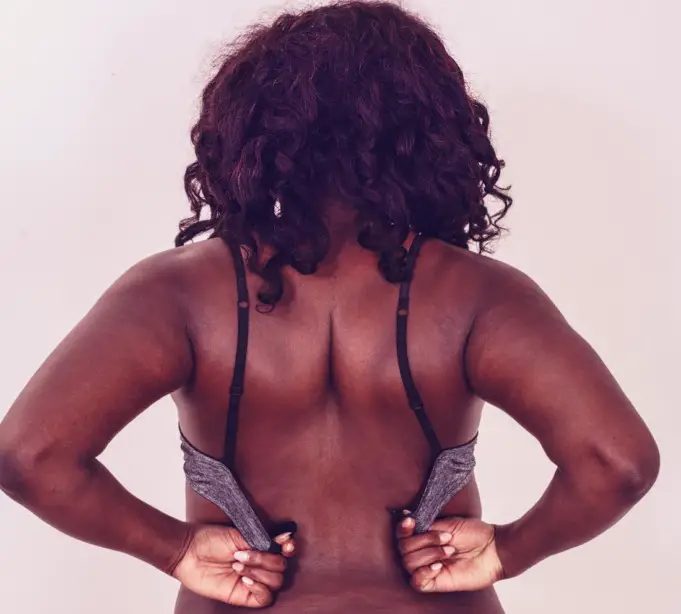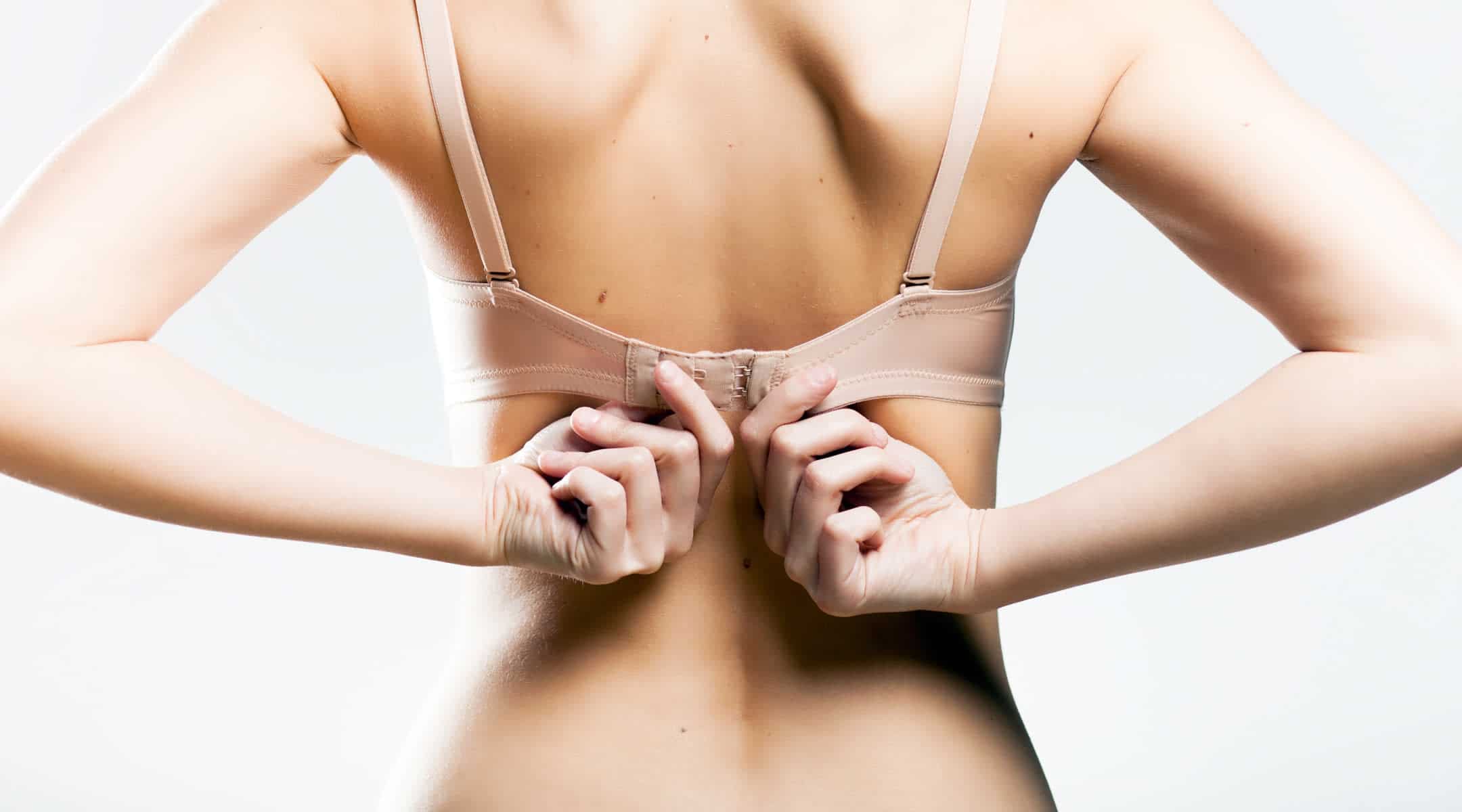The areola is the circle of darker pigmented skin on the breast. The nipple is the pointed (protruding) center of the areola.
Nipples are sensitive parts of the body that don’t top the list of places you want to have bumps. Yet, cases of bumps on the nipple and areola are very much likely to occur.
Most of these cases are not much of a cause of concern, but some health-threatening issues can cause bumps on the nipple and areola.
Sightings of bumps or lumps around the nipple or areola can cause discomfort mentally and physically as it tends to stir up the thoughts of breast cancer. Still, not all bump cases around the nipple are dangerous, and some are just natural occurrences.
Let’s identify cases of normal and health-threatening issues of bumps around the nipples and areola.
Normal Cases Of Bumps On The Nipples Or Areola
Montgomery Tubercles
Montgomery tubercles are oil glands found on the areola, and they tend to form a cluster and appear as bumps. The oil from the Montgomery glands soften the nipples and fight against infection; thus, medical doctors consider them to be protective.
The Montgomery glands give off scents that help direct the baby to the nipple to feed, which makes them very beneficial to pregnant women. The glands are naturally enlarged during pregnancy, but both men and women possess Montgomery tubercles.
Breast Buds
Breast Buds, also known as thelarche, are lumps that grow under the skin and behind the nipple, these lumps are about the size of a nickel or ten pence piece.
Breast buds are one of the first indicators of puberty in a lady, and as such, this makes them a very essential and normal part of growing up.
The age at which breast buds begin to show vary from lady to lady, but medical practitioners have estimated that they appear around ages 9 and 10. A bump might appear under just one breast at first, as both breasts may not develop at the same time.
The breast buds can feel hard to touch and are often sore. The nipple and areola begin to swell, and the buds may feel itchy as the skin begin to stretch.
Health Threatening Cases Of Bumps On the Nipple Or Areola
Blocked Milk Duct
The flow of milk can sometimes get blocked in breastfeeding mothers; this blockage causes build up behind a milk duct, which in turn develops into a spot or tender lump.
Symptoms of a blocked milk duct include
- A lump very close to the skin
- Redness
- Warmth and pain in a particular part of the breast
- White pimple-like dot on the opening of the nipple.
Blocked milk ducts usually form due to tight bras or inconsistent breastfeeding of a weaning baby.
But they can be gotten rid of by gently massaging the breast, applying a clean warm and moist cloth on the nipple, or scratching the tip of the nipple with a needle to allow milk flow again.
Hidradenitis Suppurativa
This is a case where the sweat glands around the nipple and areola become clogged, resulting in inflammation, irritation, and infection.
Symptoms are lesions where the sweat glands are present, irritated bumps and red skin around the areola.
Mastitis
Mastitis is a case of inflamed and sore breasts. Although mastitis is usually common amongst breastfeeding mothers in which case it now becomes puerperal mastitis, it can also occur in women who are not breastfeeding.
Puerperal mastitis usually develops from Infected nipples, which makes the milk duct gets blocked, then milk leaks into nearby tissues causing inflammation in the breast.
Symptoms of mastitis may Include nipple discharge containing blood, lump, redness, pain, and swelling in a part of the breast.
Some steps to countering mastitis include; consulting with your doctor, applying an ice pack to reduce pain and inflammation, frequent breastfeeding to drain the breast, consuming enough fluids, and getting plenty of rest.
Breast Cyst
Breast Cyst is a movable fluid-filled oval or round sac in the breast. Menstruation and hormonal changes may cause bumps to be sore, larger, and more painful most times.
Although they are less likely to result in breast cancer, the cyst should definitely be taken seriously.
Breast Cyst may subside and eventually vanish on its own, considering they pose no much harm, but seeing a medical doctor could make it go faster as they may use a needle to drain fluids from the cyst.
Yeast Infection
Yeast Infection develops when there is a reduction in a beneficial bacterium that keeps Candida (a harmless yeast that lives in the body) in check. This causes Candida to multiply excessively, causing infection.
Candida survives on milk, making it common among breastfeeding women as they are also at risk of transmission from babies with yeast infection in their mouths.
Symptoms of yeast infections are; painful nipples or excruciating pains in the breast, blisters, bumps, flaking skins, and itchy nipples.
To counter yeast infections, medical practitioners suggest antifungal medication.
Yeast Infection can be very contagious, so boiling things the baby puts in their mouth, sterilizing clothes or objects that have come in contact with yeast infections, washing of hands, as well as those of the baby, could be very nice steps to preventing yeast infection.
Intraductal Papilloma
Intraductal Papilloma is a growth (not cancerous in nature) in the milk duct. This growth forms a lump behind or next to the nipple, and it may sometimes cause discharge from the nipple.
Most cases of papilloma are not painful, but multiple papillomae increase the risk of breast cancer.
Contacting your doctor is the best idea for fighting papilloma, as he may need to check tissue from the papilloma for cancer and also suggest surgery for the extraction of the growth.
Breast Cancer
Breast cancer is not a very common cause of bumps on the nipples, but still, a bump anywhere on the breast needs to be properly examined to know if it is cancerous or not.
Cancerous lumps can be easily identified as they are hard and firm and don’t move.
Indicators of breast cancer may include; discharge from the nipple, retraction of nipple, and dimpling of the skin on the breast. If symptoms of breast cancer are noticed, stay relaxed and try to reduce anxiety, and see the doctor immediately.
Factors That Subjects One To risk Of Bumps In The Nipple Or Areola
Some common factors can subject one to having bumps on the nipple and areola some of these are;
- Breastfeeding
- Breast piercing
- Tight bras
Diagnosis
- Questions will be asked about symptoms and time you started noticing them.
- Nipples and surrounding breast tissues would be assessed.
- Physical examination by a doctor and obtaining tissue for laboratory evaluation.
- The doctor may refer you to a specialist for biopsy of breast tissue in cases of high cancer risk.
Treatments
Treatments for bumps on nipple and areola may vary, depending on what the causes are but some general first aid treatments include;
- Avoid using highly fragranced detergents and lotions on the breast
- Wash breasts daily and keep them clean and dry.
- Change sports bras or sweaty shirts immediately after exercising.
If these steps don’t work out well, commune with your doctor, and he’ll prescribe suitable lotions, creams, and medications to treat infections.
Changes In Nipples That Shouldn’t Be Ignored
Inverted or Retracted Nipple
There are some nipple variations such as inverted nipples, retracted nipples, or other nipple alterations, which could be congenital that you were born with. Inverted nipples rather than raised above the surface of the areola appear indented or sunken.
This could be a part of the normal aging process, which is usually equal on both sides. However, if your nipples get flattened all of a sudden, especially on one side, ensure you talk to a doctor.
Retracted nipples, on the other hand, is when an area in the nipple is pulled inward. This could appear from birth or may gradually develop over time. A retraction on one side of the nipple is abnormal and should be checked out by a doctor as soon as possible, as it could be a sign of a medical condition.
Nipple Pain
Aside from the menstrual cycle and pregnancy, there is no such thing as normal nipple pain. If you feel persistent pain, itch, or tenderness in your nipples, it is advised you get it checked.
Nipple pain is not a common symptom of breast cancer but could be an early sign of malignancy developing. It could also be a sign of a benign cyst, mastitis, or fibroadenoma.
Abnormal Discharge
Another sign or problem that needs to be kept in check is Nipple discharge. Nipple discharge could be caused by benign tumors called fibroadenomas, normal menstrual cycle, or lumps known as intraductal papilloma.
Discharge usually comes out from the same duct that carries milk. This discharge could either be bloody, milky, yellow, or clear. The consistency usually varies.
Another cause of nipple discharge is what is known as mammary duct ectasia. This is usually common during menopause. The discharge that comes as a result of this is usually sticky and thick, appearing grey in color and may have a tint of green.
This is a mild condition that takes place as a result of blocked and swollen milk ducts during the phase of menopause.
A study shows that nipple discharge caused by breast cancer usually occurs in one breast rather than both, and it often has a tint of blood.
Changes In Size
It is very normal that your breasts and nipples swell during pregnancy, menstrual cycle, and breastfeeding. It can also happen when you use oral contraceptives.
However, if one breast is larger than the other, you need to check it because it may be related to mastitis. A sudden and gradual asymmetric change in breast size might be caused by breast cancer.
One easy way to find out if you are experiencing a real increase in breast size or if it’s just your menstrual cycle is to check how well your bra fit.
If you’re having discomfort, feeling pressure, or noticing changes in your breast and nipple size, then consult your doctor.














